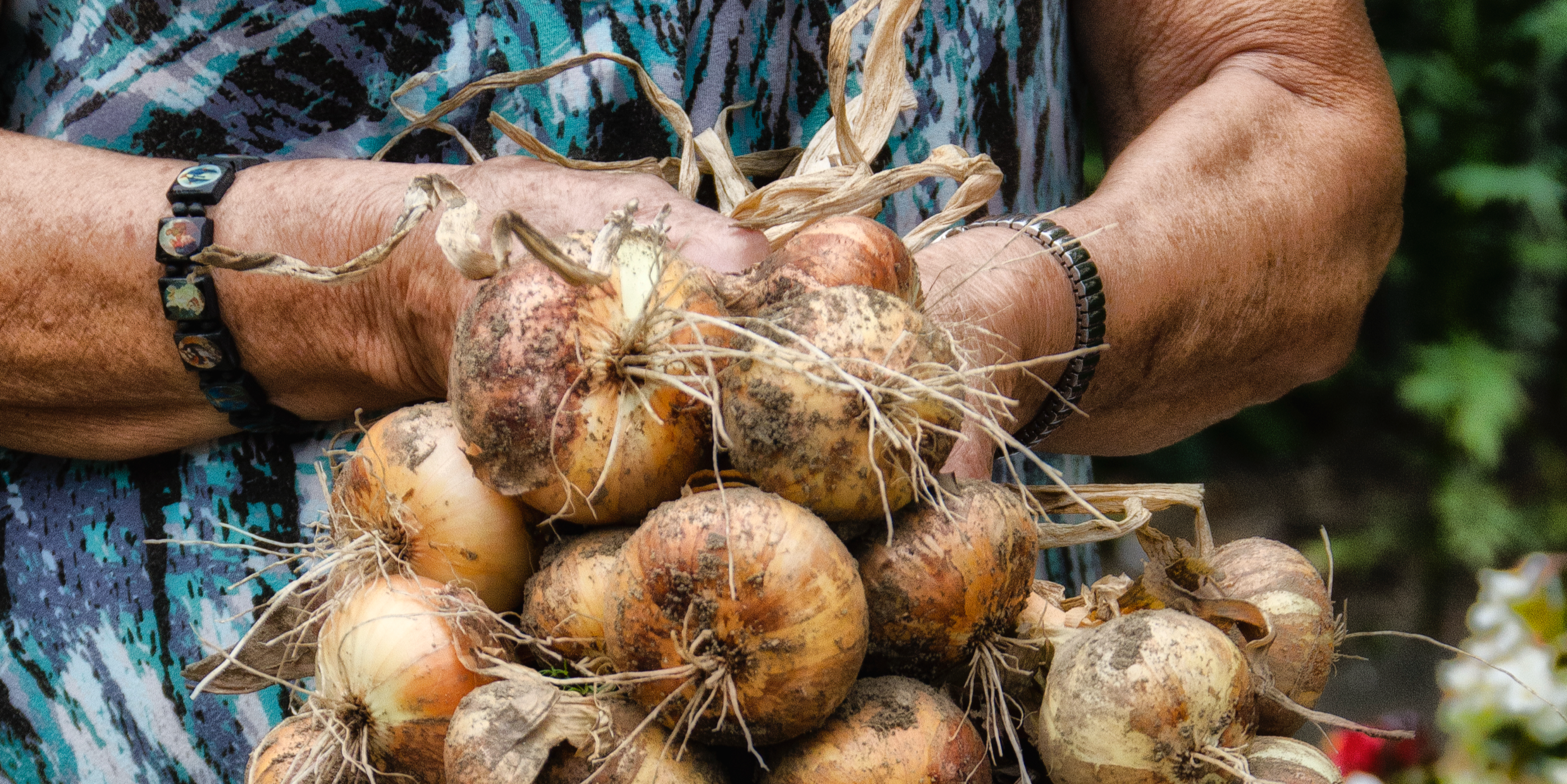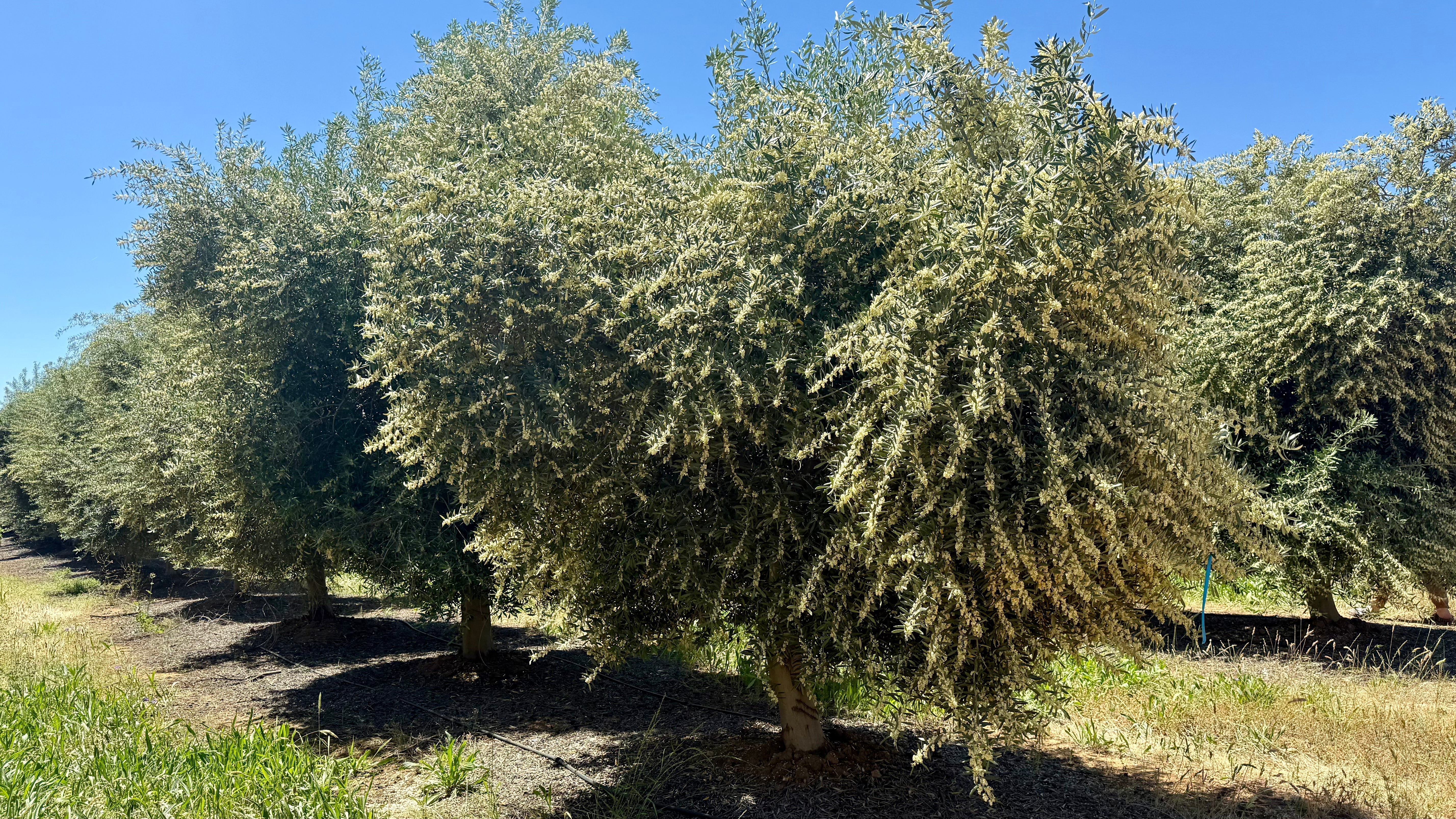Article: The Italian Garden Project, Preserving Traditions

The Italian Garden Project, Preserving Traditions
Piccoli Giardini Italiani—Everywhere!
When I was a young child growing up in Oakland in the '60s, life was still rural in places. Folks to the south of us in the Laurel district had chickens and goats, and the rented house we lived in was built in the 1920s as a modest homestead abundant with stone fruits, figs, citrus, berries, and a grape arbor. Old roses, geraniums, and mint were abundant on the east side, and there was even an old chicken coop we used to play in and around.
Our kindly neighbor to the west was an active and engaging retiree who raised figs and citrus. He loved to garden and tinker with a fanciful fountain he'd built, and enjoyed Sunday afternoons with friends drinking wine and playing bocce. I called him Mr. Johnny (although today I'm sure it was "Gianni".) He called me "piccola pupa", and I followed him everywhere. He had emigrated from Naples to work in the Bay Area building boom earlier in the century, and then raised his family here.

Mr. Gianni with his fountain and a lemon tree. Liz in front of Mr. Gianni's house, ca 1968.
A few weeks ago, Mary Menniti called me looking to purchase fresh raw olives. As we spoke I realized that I'd found a sister. What follows is her personal story and photos behind the inspiration for the founding of her non-profit organization, The Italian Garden Project™. Read on, and you'll see why American Olive Farmer is supporting the IGP this fall.
From Italy to America: A Grandfather's Gardening Wisdom
By Mary Menniti
When I would start to look bored during the summer as a school-age child, my mother would send me out to work in the garden with my grandfather. As I picked up a hoe and hacked ineffectively at the ground, my grandfather would laugh and say “If there was a war, you people would starve.”
Those “you people,” I knew, were my brothers and me—the youth of the 1960s and ’70s. Compared to this hardworking Italian immigrant from the province of Caserta, my generation was a pampered lot. We had none of the skills and knowledge to grow our own food and survive by our own hands, as his generation had learned through harder times. The question of how we had come so far from self-sufficiency stayed with me into adulthood.
In spite of his taunts, I adored my grandfather. I loved his heavy accent and big, calloused hands. I loved his unassuming manner and humble character. Most of all, I loved the way he loved his garden. From his love of gardening grew my own.
As soon as I had my first house, I planted a garden. When I moved to another house with too much shade for vegetables, I found myself spending time in other people’s gardens—especially those that reminded me of my childhood: rows of tomatoes and peppers, pole beans and Swiss chard, garlic and fennel, and of course, fig trees.
The town of Sewickley, Pennsylvania, where I settled, has a wonderful Italian community that still gardens the traditional way. Like my grandfather, most in this community know more about self-sufficiency than anyone else I’ve ever met.

Why Italian Gardens are Models of Sustainability
Italian American gardens are remarkable not just for their abundance of vegetables, fruits, and herbs, but also for their eco-friendly practices. Rain barrels, composting, seed saving—these methods of conserving resources have always been a way of life. Long before “sustainability” became a buzzword, Italian gardeners were practicing it daily.
From a culinary perspective, what are now considered gourmet foods—rapini, escarole, heirloom tomatoes, peppers in every shape and size—have been staples for centuries. Eating locally and seasonally, a principle celebrated today, is simply inherent in these gardens.
Urban gardening movements could learn from their efficiency. Even on small city lots, these gardens produce enough to feed large families. And what we now call “horticultural therapy” is what older Italians do every day—tending their gardens, strengthening both body and spirit.

The Nostalgia and Lessons of Italian American Gardens
I found myself compelled to share these gardens with friends, as if I had discovered lost and precious works of art. Through our local nature center, I began giving tours of these backyard gardens. Each tour filled to capacity. People loved being in these spaces, speaking with the gardeners, and witnessing their deep knowledge.
Italian American baby boomers especially felt a wave of nostalgia. Many hadn’t set foot in such gardens since childhood. They marveled at grape arbors, fruit trees, and the resourcefulness of using every scrap of cloth or lumber. They admired the basements and garages filled with jarred tomatoes, homemade wine, and cured olives.

The Origins of The Italian Garden Project™
I loved giving these gardeners the recognition they deserved. Too often, Italian American culture has been overshadowed by Hollywood’s stereotypes. But these are the Italians I know—honest, hardworking people whose greatest “crime” might be sneaking a few vegetable seeds home from Italy.
I realized, however, that these gardens would not be around forever. The gardeners were aging, and because Italian immigrants placed such a strong emphasis on education, their children and grandchildren often pursued careers away from the soil. The heritage risked disappearing.
Out of that urgency grew The Italian Garden Project™. Its mission is to celebrate the joy and wisdom inherent in traditional Italian American vegetable gardens—preserving this heritage and demonstrating its relevance for reconnecting to food, family, and the earth.

Tradition in Action: Saving Seeds and Curing Olives
We have sought out traditional Italian American vegetable gardens throughout the country and have begun to photograph and video record them and their gardeners, trying to learn as much as possible from them. We are thrilled when they offer to show how they dry their seeds for saving, or how they prune their tomato plants.
We love it when we get to participate in a food tradition like curing olives. Olives are one of the few fruits that can’t be grown in much of the US, so I’ve found that the very best thank you gift I can send a gardener for sharing their time and wisdom with us is a box of fresh raw olives. It’s always a treat for them. We’re so happy to have found Liz and American Olive Farmer; she understands the joy that raw olives bring to my Italian American gardening friends.

_____________________________
About the Author
Mary Menniti founded the Italian Garden Project in 2012 and developed it into a foundation in 2022. The IGP is recognized as a tax exempt 501(c)(3) organization.
The IGP is actively seeking gardens to document throughout the country. If you know of an Italian garden that deserves to be recognized, please let her know as she’d love to visit. Learn more at www.TheItalianGardenProject.com





